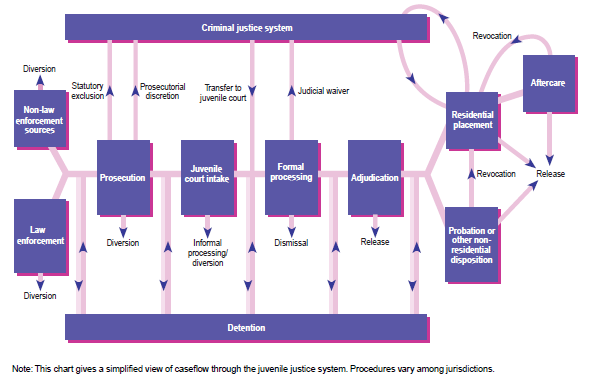David Carter
The bulk of this chapter deals with official actions from the courts on individuals in the community, while they are under some sanction. However, there is also a large number of individuals that do not even make it that far in the system, due to some form of diversion. Diversion is presented in this chapter, as it is an action that would effectively keep a person in the community. Diversion is a process whereby an individual, at some stage, is diverted from continuing on in the formal justice process. Diversion can come as early as initial contact with a law enforcement officer. This discretion that the officer uses could be considered a diversion, as the officer is saying that this individual does not need to continue on the justice path. It could be a verbal warning, a warning ticket, or just a decision by the officer to not start a formal ticket (citation).

Diversion can also be something more formal, for instance, from a judge prior to a judgment, in lieu of a judgment, or as a condition of a judgment. A formal diversion process can start. An example of this could be where a judge could sentence someone to a sanction. In lieu of that sanction, the judge offers a person the chance to complete a diversion program, effectively nullifying the judgment upon successful completion.
It is difficult to know the exact amount of diversions that occur in the United States, across the variety of places where diversion can occur. However, it is estimated that millions of diversions happen each year. This could be saving the courts or corrections systems hundreds of millions of dollars.

